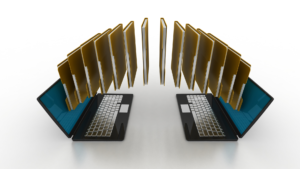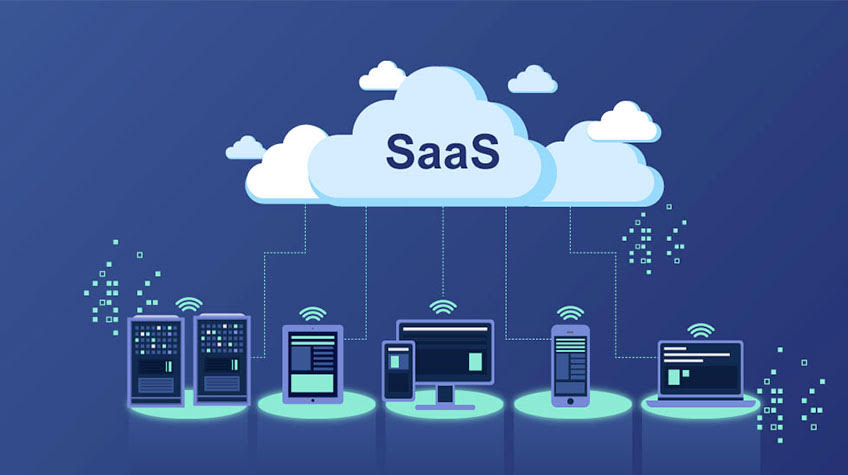Although it's become popular to assume that fax machines are a thing of the past, the technology is still being utilized all over the world. Savvy businessmen need to transmit documents between partner organizations; professional sports players need to sign and return contracts; and hospitals need to collaborate on giving the best possible patient care by exchanging medical records with the help of fax. In other words, faxing is still a viable and important technology for many of the world's industries, and it's not going anywhere anytime soon.
According to an infographic created by Coupon Chili, 46.3 million fax machines are still in operation around the world, and 16 billion faxes are sent each year. This is a clear indication that many different kinds of businesses depend on fax technology for their communications needs. And, in the future imagined by the writers of the movie "Back to the Future Part II," fax machines still featured in the office of "tomorrow" – which, as of Oct. 21, 2015, is now today.
Where physical fax machines used to be the norm in offices, companies and health care providers are now steadily making the shift to using email-to-fax solutions. Fax-over-Internet-protocol systems don't require as much paper as traditional fax technology and offer a more secure way to send documents via virtual private servers, but it's still a fax.
Let's take a look at just a few of the reasons faxes are still being sent today and how processes can be simplified by investing in FoIP:
1. Faxing in health care
Care providers still use fax machines to communicate between practices and send important files like medical records. In the age of the electronic medical record, however, it's becoming increasingly more important to use Internet-based fax solutions when collaborating over certain patients. In addition to those other uses, the Health Insurance Portability and Accountability Act dictates that the transmission of health records needs to maintain a certain level of security, and now that email-to-fax technology can integrate with EMR systems, communication between practices is even easier and safer.
In addition to the crucial step of having to remain compliant with HIPAA guidelines, health care providers also have to keep up with current telemedicine trends. Providing health care remotely via communications technologies like mobile apps and Web conferencing is quickly becoming more important to the field. Fax technology is used to transmit transcripts, radiology and pathology reports, prescriptions and billing information, according to Health IT Exchange contributor Yvonne Li. Thus, FoIP can enhance the effectiveness of telemedicine practices.

2. Faxing in activism
Beyond appearances in popular movies, fax machines are actually being used by a number of people to spread awareness of various events and things. For instance, back in August, TMCnet contributor Mae Kowalke reported that activists petitioning the passing of a net neutrality bill used faxes to prove a point that Congress was outdated with its thinking. The group Fight for the Future, helmed by Evan Greer, wished to make a point about what they viewed as antiquated ideas about the Internet. As of Aug. 5, 2015, over 100,000 faxes had been sent through to the Congress machines, and 6 million waited in the queue.
"We have eight phone lines running with a dedicated server and modems, and so we're trying to scale up the number of faxes we can send," Greer said. "At this rate, it will take almost a year for all of them to get to Congress."
"With FoIP, companies, activists and health care providers can all send documents securely and quickly."
In this situation, if Congress had invested in FoIP solutions, the petition would have never taken off – and that was the point the activists were trying to make. Since faxes sent over email are stored in a virtual server instead of on paper, the transmission of so many documents would have taken mere seconds, instead of the egregious amount of time it would take to send and receive more than 6 million separate faxes.
These are only a couple of reasons why the future of fax is still bright. With email to fax solutions, companies, activists and health care providers can all send documents securely and quickly without having to worry about whether the fax will go through or about the environmental implications of printing so much paper.
Enhance enterprise communication, collaboration and compliance efforts with a proven FoIP solution from FaxCore. Contact FaxCore today to learn more about their 'Partly-Cloudy' fax solutions.




